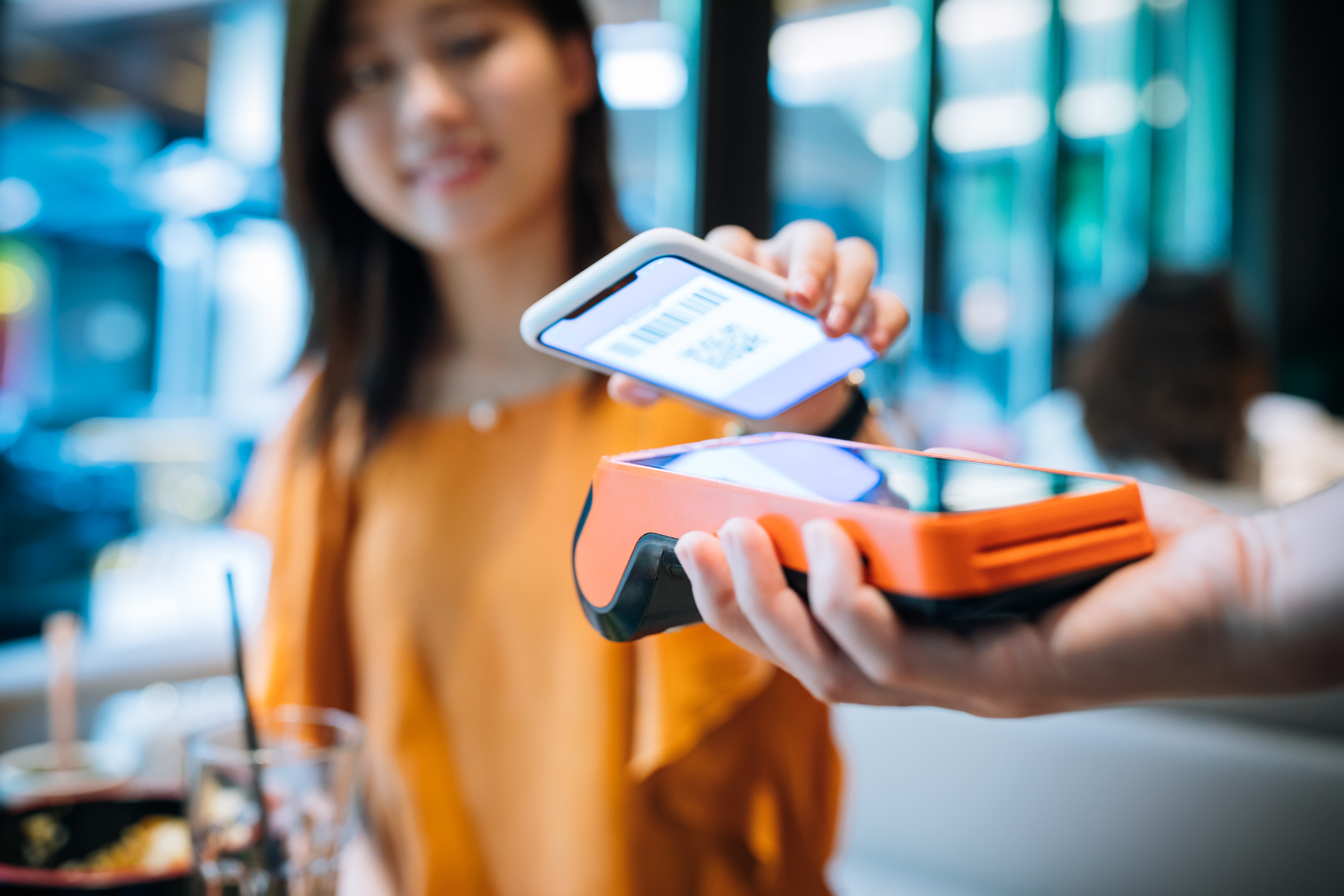How omnichannel retail can improve customers shopping experience
Picture this:
- Using an avatar of themselves, a customer virtually ‘tries on’ clothes to see if they’ll be a good fit.
- A couple selects a couch online and walks into a physical store to ‘touch and feel’ their selection.
- At a restaurant table, when a family scans a QR code to customise their meal, they receive personalised offers.

Why going ‘digital first’ is important
The last few years have seen a major shift in shopping, with more customers turning to online retail. While the pandemic did not create this shift, it has certainly accelerated and created more widespread adoption of it.
Even as social restrictions ease and more freedoms return, digital-first shopping is likely to continue. According to McKinsey, 75% of first-time digital channel users will keep using digital channels.1
Online shopping experiences have significantly reset customer expectations.
Research by Salesforce2 reveals that customers turn to an average of nine different channels while engaging with a business. While 57% of customers prefer to engage through digital channels, 43% still prefer non-digital channels, such as over the phone or in person — meaning satisfying customers requires consistent experiences across channels.
Businesses that invest in a cohesive model that looks at both the digital and face-to-face channels – where the online and offline sales experience is unified and consistent – can be better placed to serve today’s ‘digital-first’ customers.

How you can look to delivering a consistent, engaging experience.
To meet customers’ growing expectations, retailers may need to upgrade their physical stores. Deloitte3 reported 96% of consumers now expect a consistent shopping experience that’s as good and convenient in-store as it is online.
Customers also want different in-store experiences compared to a few years ago. For example, they increasingly choose the speed and convenience of self-checkouts4.
Delivering a more convenient offering instore can also include flexible delivery and fulfilment options, like:
- ‘click and collect’
- curbside pickup, and
- home delivery.
Retailers can also offer newer payment methods like:
- mobile wallets,
- buy-now-pay-later services, and
- cryptocurrency.
This makes it important to focus on optimising the entire fulfilment journey – from the time a customer first searches for a product through to placing an order and pick-up or delivery.
So how do they do it?
Leveraging the power of data and technology
Just as technology has transformed online shopping, legacy in-store systems can similarly be replaced with more agile infrastructure that can enhance the customer experience.
For example, by moving systems to the cloud, retailers can minimise the cost of deploying and maintaining IT infrastructure in stores. And with buying journeys spread across channels, retailers need to integrate data from different sources. A customer relationship management (CRM) system can give them a unified view of the entire customer journey. This can make it easier to offer a personalised experience, whether a customer shops online, in-store or calls customer service after making a purchase.
“While 57% of customers prefer to engage through digital channels, 43% still prefer non-digital channels"
-
Source: Salesforce State of the Connected Customer - Fifth edition
Embracing automation and headless architecture
Current workforce shortages mean many retail businesses want to invest more in automation. More than 70% of retail executives say labour shortages will hamper sector growth in 20225, and more retailers are automating processes in fulfilment, inventory and warehouse management. This can help significantly improve efficiency and cut costs.
For example, automating a process like customer invoicing can ensure timely payments by using real-time information.
Many retailers are also looking to transform their e-commerce systems. Traditional “all-in-one” e-commerce platforms have the customer-facing front-end integrated with back-end systems.
So, changing the front-end, like adding new sales channels or updating the website, also means changes at the back-end. This can hold a business back from responding to changing customer preferences.
“Headless commerce” architecture allows retailers to decouple the frontend processes from the back-end, and add new channels like mobile apps, social media, chatbots, self-help kiosks or virtual fitting rooms. You can even update website design without having to touch the back-end. This can offer tremendous flexibility to customise the omnichannel experience to customer needs.
Preparing for an omnichannel future
Find support for your business
Sources
^An end customer's experience, including the speeds actually achieved over the nbn network, depends on the nbn network technology and configuration over which services are delivered to their premises, whether they are using the internet during the busy period, and some factors outside nbn’s control (like their equipment quality, software, broadband plan, signal reception and how their service provider designs its network).
+business nbn Enterprise Ethernet is only available in the business nbn fibre zones, nbn Fixed Line network footprint and at limited premises served by the nbn Fixed Wireless and Satellite networks. Not all providers offer plans based on the full range of wholesale business nbn products, product features and services and availability of these depends on the customer’s access technology and area.
